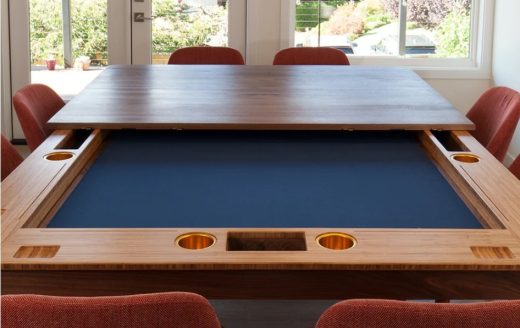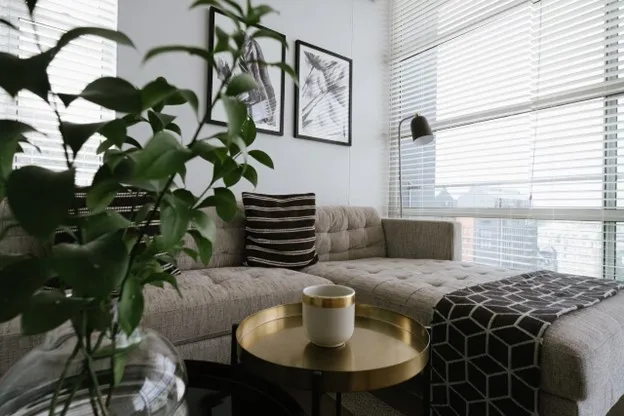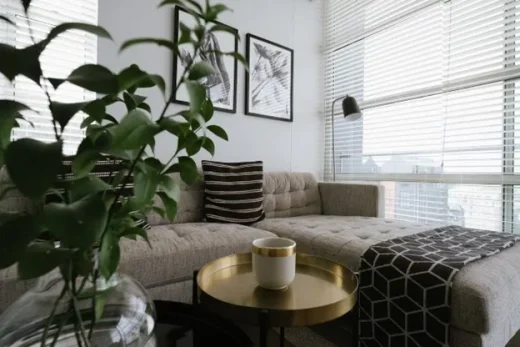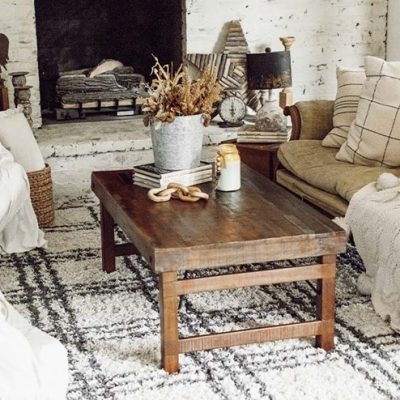10 popular home upholstery fabrics and how to care for them, Building design style tips
10 Popular Home Upholstery Fabrics and How to Care for Them
14 September 2024
The right upholstery fabric can make all the difference in how your furniture looks and lasts. Poor fabric choices often lead to quick wear and fading, especially in homes with high traffic or pets. Opting for a durable material ensures your furniture stands the test of time and of daily use.
This upholstery fabric guide will walk you through the essential fabric types and provide care tips to make them last longer. Whether you’re selecting the best upholstery fabric for dining room chairs, sofas, or bedroom furniture, you’ll gain insights into choosing materials that fit your lifestyle.
Here’s a quick breakdown of the different types of fabric upholstery and what they’re best for:
-
Cotton
Cotton is a natural fiber known for its softness, breathability, and comfort. It comes in different weaves, such as twill or canvas, and offers a cozy feel.
- Cotton Best For: Homes with low-traffic areas where comfort is a priority. Ideal for casual furniture, such as living room sofas and chairs.
- Cotton Not Ideal For: High-traffic areas, as cotton can wear out quickly without proper treatment.
-
Linen
Linen is another natural fiber, popular for its light, airy texture and cool feel. It’s often used in warmer climates for its ability to wick moisture.
- Linen Best For: Formal spaces with low usage, such as decorative chairs or accent pieces in living rooms.
- Linen Not Ideal For: High-traffic areas, families with kids or pets, as linen is prone to wrinkling and staining.
-
Wool
Wool is a natural, durable fabric with excellent insulating properties, making it ideal for colder climates. It’s resistant to pilling and wrinkling. Also, wool blends often enhance its strength.
- Wool Best For: High-traffic areas or family homes, especially in colder regions. Great for both cozy seating and formal furniture.
- Wool Not Ideal For: Hot and humid environments due to its heat retention.
-
Leather
Leather is a durable, luxurious material that gets better with age. It is easy to clean, but requires maintenance to prevent cracking or drying out.
- Leather Best For: Homes with pets and children, as it’s easy to wipe clean. It works well for formal or modern settings and high-traffic areas.
- Leather Not Ideal For: Homes that need softer, cozier textures, as leather can feel cold.
-
Polyester
Polyester is a synthetic fiber known for its durability, wrinkle resistance, and ease of cleaning. It’s often blended with natural fibers for added strength.
- Polyester Best For: High-traffic areas, families with kids or pets. Suitable for durable everyday furniture.
- Polyester Not Ideal For: Areas where high heat is common, as polyester can melt under extreme temperatures.
-
Nylon
Nylon is a synthetic material that’s very durable and resistant to abrasion. It’s often blended with other fabrics to improve strength.
- Nylon Best For: Homes with heavy use or commercial settings like offices. Works well in areas prone to wear and tear, like couches or chairs in family rooms.
- Nylon Not Ideal For: Pure nylon upholstery can feel stiff and isn’t ideal for those seeking comfort or softness.
-
Acrylic
Acrylic is a synthetic fiber that mimics wool and is resistant to fading. It’s one of the best picks for outdoor upholstery fabric due to its resistance to sunlight and moisture.
- Acrylic Best For: Outdoor furniture, sunrooms, or areas with direct sunlight exposure. It’s also suitable for casual settings.
- Acrylic Not Ideal For: High-end furniture, as it can pill over time.
-
Velvet
Velvet is a soft, luxurious fabric with a plush texture. It’s made from various fibers, including silk, cotton, and synthetics, offering a high-end look.
- Velvet Best For: Formal living spaces, accent chairs, or rooms where aesthetic appeal is important. It’s great for creating an elegant or dramatic effect.
- Velvet Not Ideal For: High-traffic or family homes with kids or pets, as velvet can stain and wear easily.
-
Chenille
Chenille is a fabric with a soft, textured feel. It’s durable and offers a comfortable, cozy vibe, often used for casual or family-friendly settings.
- Chenille Best For: Family rooms or casual settings. It works well for everyday use and offers comfort and durability.
- Chenille Not Ideal For: Homes where pets scratch furniture, as the fibers can pull or fray.
-
Microfiber
Microfiber is a densely woven synthetic fabric that mimics suede. It’s stain-resistant and durable, making it a popular choice for families.
- Microfiber Best For: High-traffic areas, family homes with kids or pets. It’s easy to clean and withstands wear and tear.
- Microfiber Not Ideal For: Very formal settings, as microfiber has a casual appearance.
If you prioritize fabric durability, opt for heavier fabrics with higher thread counts that generally last longer like wool or polyester. These materials offer excellent resistance to wear and tear, making them ideal for high-traffic areas. Additionally, fabrics with stain and fade resistance, such as treated cotton-polyester blends, are great for maintaining appearance and functionality over time.
Fabric Care Tips and Maintenance
Proper upholstery care extends the life and appearance of your furniture. Here are essential tips to maintain different upholstery fabrics:
Regular Cleaning
Vacuum your upholstery weekly with a soft brush attachment to remove dirt and dust, especially for delicate materials like velvet. For small spills, blot immediately with a clean cloth. Use a mild cleaner or water and soap for stains, but always test on an inconspicuous area first. Professional cleaning once a year is recommended, especially for high-traffic areas.
Stain Protection
Apply fabric protectors, like Scotchgard, to create a barrier against spills and stains. Slipcovers are a great option for homes with kids or pets—they’re washable and protect your fabric from daily wear.
Wear and Tear Prevention
Rotate and fluff cushions regularly to prevent uneven wear and sagging. Keep furniture out of direct sunlight to avoid fading, especially for natural fabrics like cotton and linen. Using UV window treatments or placing furniture away from windows can help. If your fabric becomes heavily worn or faded over time, consider professional reupholstery services to refresh your furniture without replacing it entirely.
Stain Removal by Fabric Type
- Natural Fabrics (Cotton, Linen, Wool): Use mild, water-based cleaning solutions for these fabrics. Always blot instead of rubbing to avoid fabric distortion. Wool may require professional cleaning for stubborn stains.
- Synthetic Fabrics (Polyester, Nylon, Acrylic): These fabrics tend to be more stain-resistant, but you can use a mixture of warm water and a small amount of mild detergent. Be cautious with hot water as it can set certain stains.
- Blended Fabrics: For cotton-polyester blends, use a gentle detergent and avoid strong chemicals that could damage the natural fibers.
- Leather: Leather upholstery requires special care. Wipe it down with a soft cloth regularly, and use a leather conditioner every few months to maintain its natural oils. For spills, immediately clean them with a damp cloth, but never use harsh chemicals or abrasive cleaners.
Long-Term Fabric Maintenance
Protect your furniture from seasonal wear. Use a humidifier in winter to prevent fabrics like wool and cotton from drying out. In warmer months, prevent fading by minimizing direct sunlight exposure. For pet owners, use a lint roller to remove fur, and sprinkle baking soda to absorb odors before vacuuming.
Special Care for Delicate Fabrics
Fabrics like velvet and silk require extra care. Avoid excess moisture with velvet and use a soft brush to restore its texture. For silk, blot spills immediately and keep the fabric out of direct sunlight to prevent fibers from weakening.
Wrapping Up Your Upholstery Selection
When choosing home upholstery, it’s important to balance style, functionality, and care. Budget considerations play a key role in your decision, as higher-quality fabrics may come with a higher upfront cost but offer greater durability and long-term value.
Don’t hesitate to test fabric samples before making your final choice. This allows you to feel the texture, see how the fabric interacts with light, and determine its suitability for your space.
Finally, consulting with professionals can help you make informed decisions, whether you’re unsure about fabric selection, need advice on care, or are considering reupholstering to extend the life of your furniture. These steps will ensure that your chosen upholstery fabric not only complements your home but also meets your practical needs.
Comments on this 10 Popular Home Upholstery Fabrics and How to Care for Them article are welcome.
Furniture
Furniture Posts
From ordinary to extraordinary: custom furniture

Popular types of wood for furniture
Ideas for arranging a living room with corner sofas
Bauhaus inspired architecture and furniture
Property
Residential Architecture
Comments / photos for the 10 Popular Home Upholstery Fabrics and How to Care for Them page welcome







